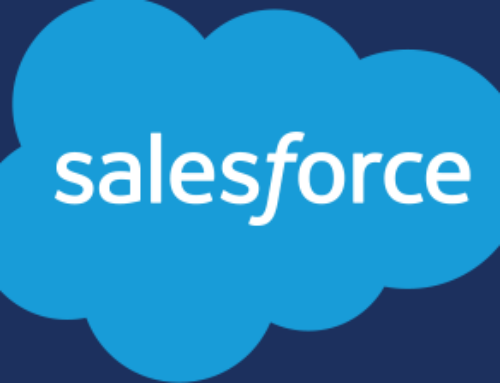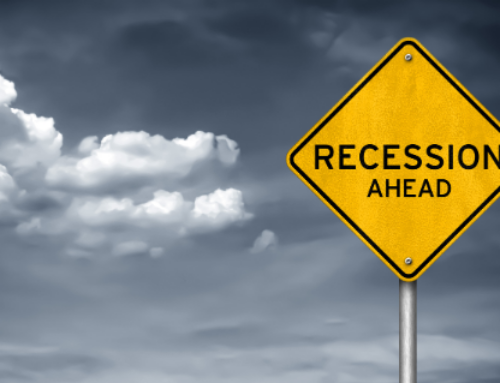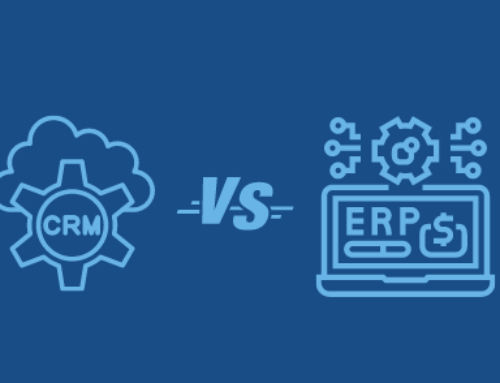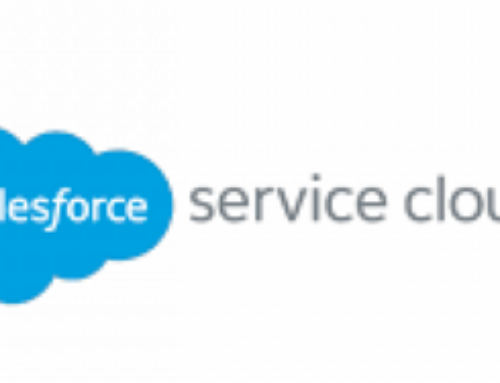CRM Best Practices – Stop Looking Over Your Shoulder, and Start Driving From Leading Indicators
Using Lagging Indicators is Just Looking Over Your Shoulder
Yay! You hit your sales bogie! Big whoop; that was easy … to measure. Because it’s all a done deal, and you know you have the win. It comes out of the ERP database. And man, that is traditional sales management – set a bogie, hire the rep, give them a phone, measure their sales performance.
Mission accomplished? Gosh, we hope not. Because all sales results can tell you is that you did win. And if you’re in sales and marketing, you want to be measuring the things that tell you that you will win. Next month, next quarter, and ideally, next year. And most likely, you have a pretty good sense of what things a salesperson should be doing that will lead to wins.
Looking Forward is What a CRM Should Help You Do
Using a CRM right means looking forward to the right actions to take. Then sales actuals can become more of a “well, of course, we hit the numbers” thing. A well-architected CRM will help you excel at this.
- Have you clearly defined the sales activity strategy? Do you need to build your channel? Do you need to target new customers? Do you need to more-deeply-penetrate existing customers? Do you need to maintain where you are?
- Let’s Start With Targeting. Do you know who and what you should be going after? Does the database reflect this, with adequate prospect Account volumes per rep and sales ranking identified appropriately? Typically, any rep can handle a certain volume of close-attention accounts. Those should all be tagged within the database, and the dashboards should show it to you.
- Track Engagement. So the database identifies who to go after. Now it’s time to track the key relationship-management behaviors that will move those targets forward. Is it about product education, sales training for channel, review meetings, management of a showroom, problem resolution, quoting? Each target firm should show measurable volumes of the right kinds of activities. And this is not Big Brother watching; this is the system help guide the rep, assisting them self-manage.
- Relationship Management. Do you know the right people at each account you’re working on? Are they tracked within the system? Are they the ones getting engaged?
- It’s all about PIPELINE. If your business is transaction-oriented (and not all are), this is the biggest forward-looking metric you can have. Identifying, qualifying, and pushing pipeline opportunities forward is the key. And those opportunities can have different flavors, depending on your go-to-market strategy:
- If you’re trying to build a channel, it could be the number of potential new dealers or contractors who are in active consideration to carry your product.
- If your business is commercial construction, it will be the number of construction projects you identify where your product is specified.
- If you sell more directly, instead of through the channel, it will be quote volume generated.
- Think about Replacement and Coverage Ratios. Coverage Ratio is defined as the target sales volume divided by your typical close ratio. Need to sell $1 million next month, and your close ratio is 33%? Better have $3 million in the pipe with a close date of next month. And you’d best be generating $3 million in new opportunities each month, or that sales funnel will dry up.
- Lean Into Wins. Most closed sales in building products are not purely transactional; they’re the start of what you hope is the beginning of a long and fruitful relationship. So a new sale measurement at a prospective dealer should turn into a stocking order and volume repeat business. What are you doing to ensure follow-up to get there, and how are you measuring sales that indicate you now have a mortal lock on that new customer?
- Keep Them Happy. Measure customer satisfaction; surveys, informal interviews, assessed sentiment. Tie in Customer Service, watching customer complaint Cases, and tracking calls. Surface potential attrition risks and get after them proactively.
So. That’s eight different ways you can use a CRM to track and drive behavior that should lead you to success, as opposed to checking to see if you did succeed. If you get that engine defined, running right, and measurable, you’ll have a process in place for long-term success.






